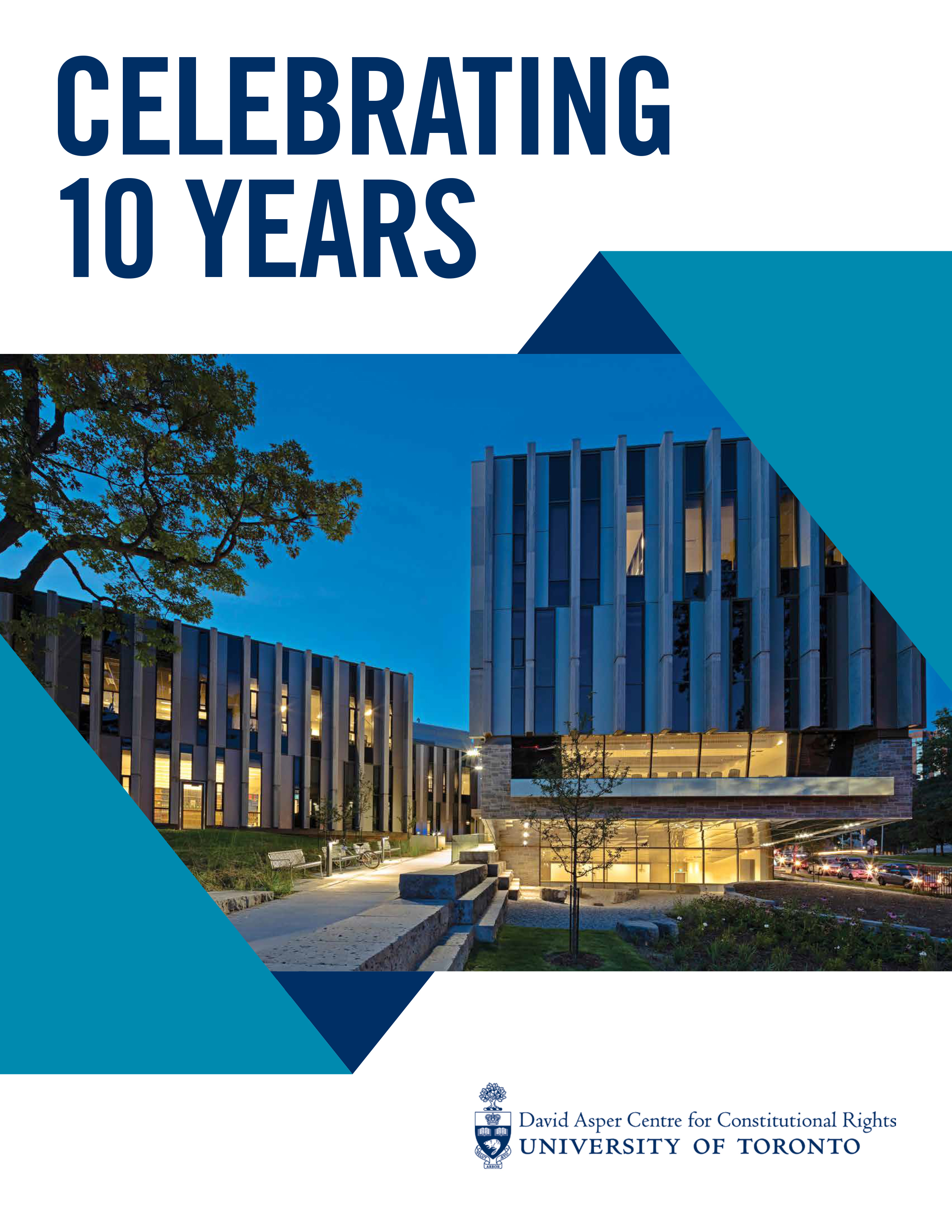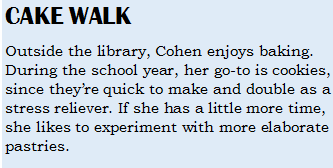By: Sahil Kesar and Jasmit De Saffel
On January 11, 2019 the Supreme Court issued its decision on the constitutional challenge to provisions of the Canada Elections Act detailing residence requirements for voting in federal elections. The provisions in question denied the right to vote in federal elections to Canadian citizens residing abroad for five consecutive years or more. The Court sided with the expats and held that the impugned provisions infringe section 3 of the Charter and were not saved under section 1. Frank v Canada was substantively significant for deepening the constitutional protection of section 3 voting rights for Canadians. The decision was also procedurally note-worthy, particularly in the strongly contrasting section 1 analyses of the majority and dissent decisions.
While both the majority and dissent found a pressing and substantial purpose to the non-resident limitation, they both determined it to be different from each other. Writing for the majority, Wagner CJ found that the purpose of the legislation is to maintain the fairness of the electoral system to resident Canadians. Brown J and Cote J’s dissent found the purpose to be to privilege a relationship of some currency between electors and their communities.
The majority did not come to a conclusion on rational connection but they did reject the Attorney General’s arguments, suggesting that it is likely they did not find a rational connection. The dissent found a rational connection between the 5-year period and the objective of preserving currency between electors and their communities. They found that the majority’s reasoning in dismissing the rational connection, taken to its conclusion, creates inconsistencies in their argument.
The majority determined the appeal on minimal impairment. They held that the 5-year period has no basis and is over-inclusive as it applies even to those to whom it is not intended to apply. The dissent stated that, based on the options available to Parliament, the 5-year period was the least impairing option, especially considering the non-resident cut-offs for other similar democracies and that citizens can vote again once they re-establish residency.
Finally, on proportionality, the majority did not think the salutary effects outweigh the deleterious effects. They asserted that the impugned provisions disenfranchise over one-million non-resident Canadians who have been abroad for 5 years or more and that it is unclear how this advances fairness in the electoral system. It severely limits the ability of non-resident citizens to vote especially considering the laws that might be enacted could affect their citizenship. The dissent took the view that the salutary effects outweigh the deleterious effects mentioned by the majority. Addressing the concerns of reciprocity between exercising the right to vote and bearing the burden of Canadian laws and protecting the integrity of the electoral system outweigh any concerns with the legislation. They also found that the majority overlooks the importance of residence and effective representation in weighing the effects.
The dissent’s deferential section 1 analysis did not decide this case but should be noted for giving the government more leeway in justifying infringements on voting rights. Considering Rowe J’s openness to a limit based on residency in his concurring judgement, one wonders if there is potential for the dissent’s less stringent section 1 analysis to decide future cases about positive rights guaranteed in the Charter?
Sahil Kesar is the current Asper Centre half-time clinic student and a 3L JD candidate at UTLaw.
Jasmit de Saffel is this year’s Asper Centre’s work-study student and a 1L JD candidate at UTLaw.



